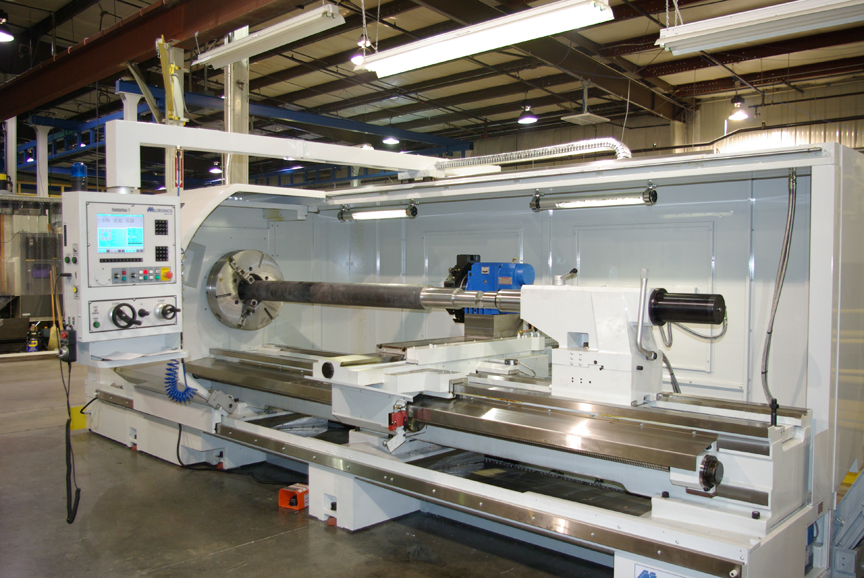Advances in 3D Printing Technology Pave Way for Future of Precision Machining
Sometimes referred to as “rapid prototyping,” the technology applied to 3D printing actually has been around for about 30 years. Recent advances in equipment has allowed 3D printing to become more affordable, increasing accessibility for entrepreneurs. Ahaus has recently acquired the Stratasys uPrint SE Plus 3D printer, which is expected to be used as an engineering and manufacturing tool.
Unlike traditional manufacturing processes performed at Ahaus, 3D printing uses an additive process to lay down successive layers of materials in order to create a three-dimensional product from the user’s design specs. “It works like a glue gun controlled in multi-axis with computer technology,” said Ahaus Board Chair Rick Ahaus. “It can create shapes only limited by a programmer’s imagination.
Traditional manufacturing typically involves cutting, drilling or otherwise manipulating existing elements to produce something new. With the addition of the 3D printer to Ahaus’ existing equipment, the precision machining team has increased their ability to develop the perfect part for customers’ most critical dimensional specifications.
Sophisticated 3D printers are capable of creating complex metal components that traditional machining processes were unable to produce. These devices use inert gases, high-energy lasers and powdered metals to accomplish this feat. Whether these functions will be performed at Ahaus is not yet known. “This new Stratasys 3D printer will be our introduction to this breakthrough technology,” Ahaus said. “We are excited to have such advanced equipment to push the limits on our current capabilities.”


